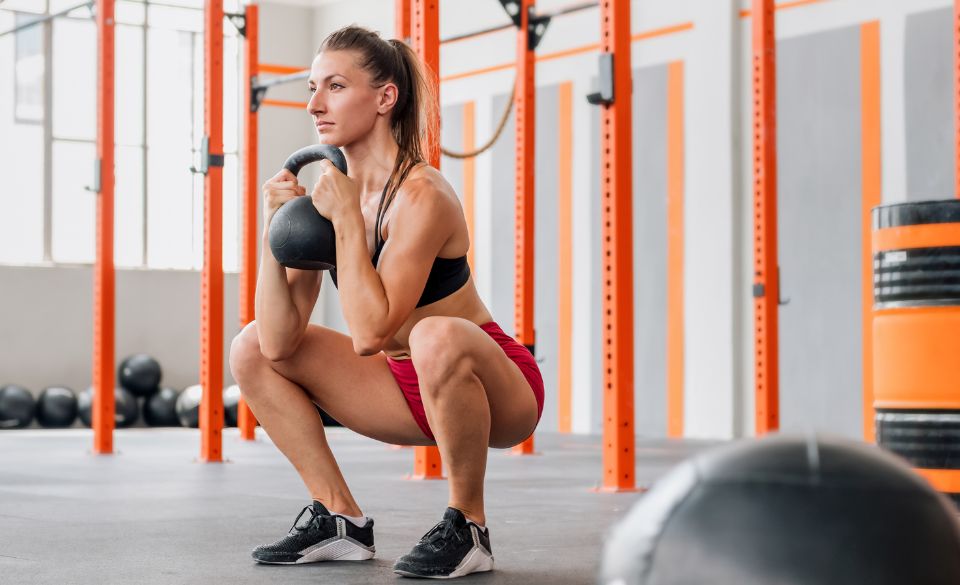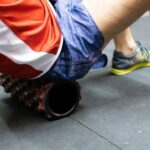
Best Squat For Runners – A Complete Guide
Page Contents
Hey there, fellow runners! Today, let’s dive into a topic that is often overlooked but incredibly important for improving your running performance: squats. Now, I know what you might be thinking: “Squats? Aren’t those just for bodybuilders?” Well, think again! Squats are actually a fantastic exercise for runners, and in this article, we’re going to explore why. So lace up your running shoes and get ready to discover the best squat for runners!
Why Should Runners Do Squats?
First things first, why should runners even bother with squats? Well, my friend, squats are a powerhouse exercise that targets multiple muscle groups simultaneously. They primarily strengthen the quadriceps, hamstrings, and glutes, which are all crucial for running. By incorporating squats into your training routine, you’ll be able to build stronger muscles, improve your running form, and increase your overall speed and endurance.
Benefits of Squats for Runners
Let’s talk about the benefits of squats for runners. Firstly, squats help to develop leg strength, which is vital for generating power and propelling yourself forward during your runs. As runners, we rely heavily on our legs, so the stronger they are, the better our performance will be. Squats also engage the core muscles, promoting stability and balance, which are essential for maintaining proper running mechanics.
Secondly, squats can help prevent common running injuries. By strengthening the muscles around your knees, hips, and ankles, you’ll be providing greater support to these joints, reducing the risk of strains, sprains, and overuse injuries. This is especially important for long-distance runners who put a lot of stress on their lower body during extended periods of running.
Moreover, squats improve your overall body coordination and proprioception. As you perform squats, you develop better control over your body’s movements, which translates into more efficient running mechanics. This enhanced coordination will not only make you a more efficient runner but also decrease the likelihood of tripping or falling while out on your favorite running trails.
What Is the Best Type of Squat for Runners?
Now that we understand the importance and benefits of squats for runners, let’s talk about the best type of squat specifically tailored to our needs. While there are several variations of squats, one stands out as particularly beneficial for runners: the goblet squat. This variation involves holding a dumbbell or kettlebell close to your chest as you perform the squatting motion.
The goblet squat is a great choice for runners because it helps to improve hip mobility, which is essential for achieving a full range of motion during your runs. Additionally, it places less stress on the lower back compared to other squat variations, reducing the risk of strain or injury. The goblet squat also engages the core muscles more effectively, aiding in stability and balance, which are crucial for maintaining proper running form.
How to Do the Goblet Squat
Now that we’ve established that the goblet squat is the best type of squat for runners, let’s dive into how to properly perform this exercise. Follow the steps below to master the goblet squat technique and reap all the benefits it has to offer:
1. Start by grabbing a dumbbell or a kettlebell. Choose a weight that challenges you but still allows you to maintain proper form and complete the exercise with control.
2. Stand with your feet slightly wider than shoulder-width apart, toes pointing slightly outward. Hold the weight vertically with both hands, close to your chest, allowing your elbows to point down.
3. Engage your core muscles, keep your chest lifted, and maintain a tall posture throughout the exercise.
4. Begin the squat by pushing your hips back and bending your knees. Imagine sitting back into an imaginary chair.
5. Lower your body until your thighs are parallel to the ground or as low as you comfortably can go, while keeping your heels flat on the floor.
6. As you descend, ensure that your knees are tracking in line with your toes and not collapsing inward.
7. Pause for a moment at the bottom of the squat, maintaining tension in your leg muscles.
8. Push through your heels and drive your hips forward to return to the starting position, fully extending your knees and hips.
9. Repeat the movement for the desired number of repetitions, aiming for 8 to 12 reps in each set.
Remember, quality over quantity is key. Focus on maintaining proper form throughout the exercise rather than rushing through the repetitions. As you become more comfortable with the goblet squat, you can gradually increase the weight to continue challenging your muscles and progressing in your training.
Incorporate the goblet squat into your regular strength training routine, aiming to perform it at least twice a week. Combine it with other exercises that target your lower body, such as lunges and deadlifts, to create a well-rounded workout that supports your running performance.
Best Squat for Runners – The Conclusion
To wrap it all up, squats are an excellent exercise for runners. They offer a wide range of benefits, including increased leg strength, injury prevention, improved coordination, and better overall running performance. And when it comes to choosing the best type of squat for runners, the goblet squat takes the crown. So, the next time you hit the gym or set up your home workout routine, make sure to include squats and watch as your running game reaches new heights! Keep squatting and keep running strong!




